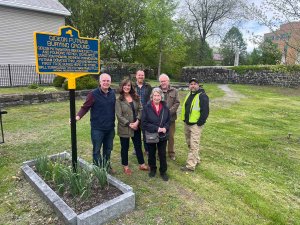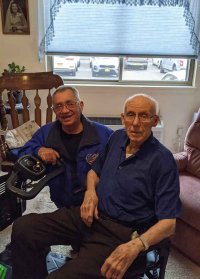Injury is the number one reason why people stop playing golf. The Titleist Performance Institute, or “TPI,” has done its research not only on professionals, but amateur golfers alike. TPI research indicates the number one body part injured in the game of golf is the lower back, followed by the shoulder and the knee.
Sprains and strains are injuries of overstretching, overuse or trauma to a ligament, muscle, tendon or joint capsule. These are common in the low back, shoulder and knee and can be preventable when well-trained and stretched prior to use.
Tendonitis refers to inflammation of a tendon (or connection of the muscle to the bone). This is most common in the shoulder, elbow, knee, and Achilles tendon for golfers, as the golf swing is a controlled yet violent action requiring great physical strength in a rotational plane, while repeatedly loading your muscles and twisting your body at a high rate of speed, just before you stop it from moving to strike the ball.
Arthritis…well, this just means you’re not 18 anymore, and the likelihood of arthritis being a factor increases with chronological age. All joints in the human body have some sort of cartilage within it to act as a cushion or buffer between bones. Unfortunately with time and repeated activities, this cartilage can and will wear down just as the tread on a tire, and when it does you can be left with bone on bone contact: arthritis. This can occur in any and all of your joints influenced by the golf swing.
Disc injuries in the spine are common in the neck and lower back. Although the golf swing itself usually won’t cause them, any deficiency in the area may be amplified or irritated with the swing. Tears or fractures can occur with any sport or be exacerbated if pre-existing.
TPI has done its homework and also identified the five most common mechanisms of injury:
Poor Body Mechanics
Poor Swing Mechanics
Excessive Practice
No Regular Customized Exercise Program
Poor Nutrition
Poor body mechanics are typically manageable regardless of age or previous history of injury. Commonly, poor body mechanics are a result of an injury or some other type of body dysfunction that may have gone untreated, and then you “learned to live with it” via compensation. But what are body mechanics? It is the application of knowledge of the human body to the use of proper body movement in daily activities. This applies most to the prevention and correction of problems associated with posture, and to the enhancement of coordination and endurance. In other words moving the body as it’s designed to do in its most efficient way.
When the body is used with good “mechanics” it will move more efficiently and with less risk of injury. In order to do this, the body (including its muscles and joints) needs to be flexible and stable at the same time. In the golf swing, the lower back is meant to be stable (or still), as the mid to upper back, hips and shoulders are very mobile. Here are a few simple exercises you can try to prevent injury to these areas of your body during the golf swing:
‘Bridge’ with Knee Extension: Lay on the floor with your knees bent. Lift your buttocks up toward the ceiling so that you are perfectly straight from you knees to your shoulders. Next straighten your left knee and hold for 5-10 seconds. Be sure to keep tight in the stomach and bottom as you want to avoid using your hamstrings. Lower the foot to the ground and lift the right leg for 5-10 seconds. Lower the leg and then the buttocks to the floor. Do anywhere from five to 30 reps depending on your strength and endurance.
‘Clamshells’: Lay on your left side with your knees bent and legs stacked on one another, right on top. Keeping your heels together and pelvis still raise your right knee by opening up your hip. The legs will look as if it’s a clamshell or Pac-man. Try not to let your body rotate back, and then lower the leg. Do 20–30 reps and then change to the other side.
‘Stick-ups’: Lay on the floor with you knees bent and raise your arms up like you are being held up (arms out, elbows bent and palms facing forward). Use your shoulder blades and forearms by pushing back into the floor. Squeeze and hold for 5-10 seconds. Do 10–20 reps.
Now as for swing mechanics and the possibility of excessive practice, this is a discussion for you to have with your teaching golf professional. I would suggest searching out a TPI Certified professional in your area, like Anders Mattson at Saratoga National Golf Club or Kent Tarkleson at Tarks Indoor Golf Club. They typically hold monthly golf clinics and golf fitness schools that address the swing, mechanics, fitness and injury. Check them out!
Golf fitness programs are available and a great idea. There are also TPI Certified exercise physiologists locally at Saratoga Health and Wellness that can customize your golf fitness program. Get fit and flexible before the season and avoid injury. If you do have an injury, please speak to your physician immediately before beginning any exercise program, so that they can guide you in the proper direction for your customized treatment.
Have a great golf season and enjoy the Masters this weekend.
James Markwica, MS PT is a New York State Licensed Physical Therapist at LaMarco Physical Therapy, 417 Geyser Road in Ballston Spa and 30 Gick Road in Saratoga Springs. For questions or follow-up, contact James at (518) 587-3256 or online at www.lamarcopt.com.


























 How to resolve AdBlock issue?
How to resolve AdBlock issue? 









